Skid steers are built for tough construction, excavation, agricultural and other professional projects. Whether you’re clearing land, moving rocks or tearing down a wall, a skid steer is an excellent piece of equipment for many different jobs. But these nimble machines can be expensive to repair and replace if neglected. Good maintenance practices are important to keep your skid steers going strong.
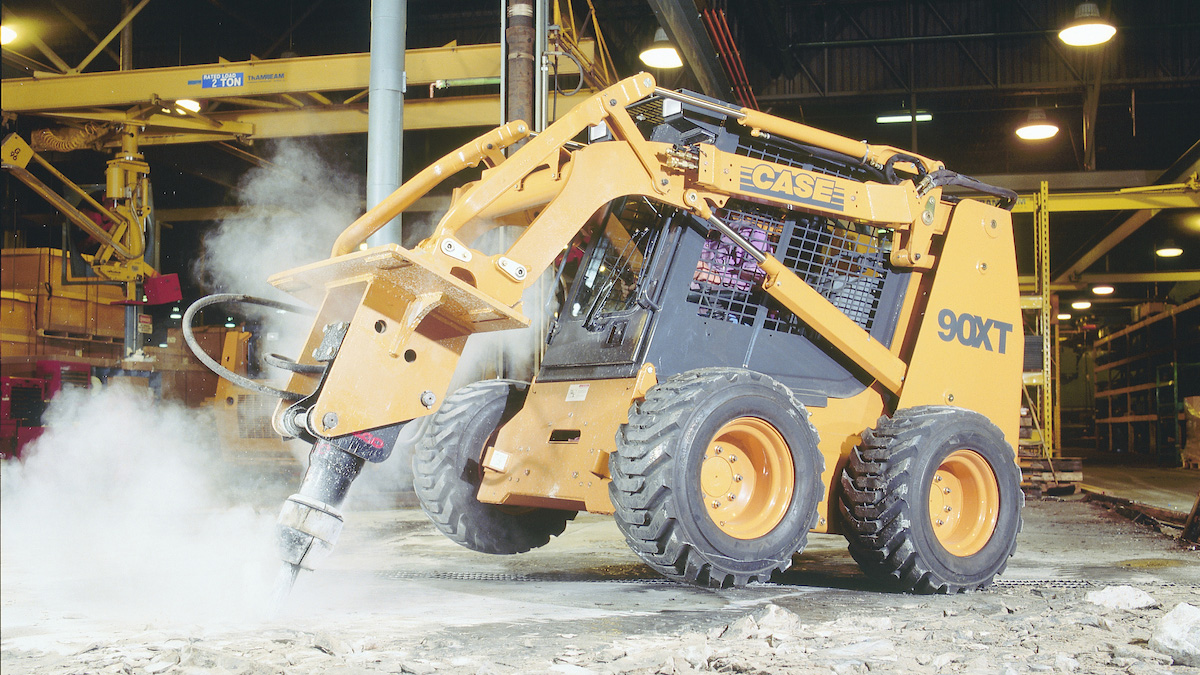
A daily check before each job can keep you from getting sidelined. Here’s our quick checklist of the top five things you should check before hopping in your skid steer.
- Front End: Inspect attachments, such as the bucket, fork or brush-cutter to ensure they’re free from debris and not damaged. Be sure the arms are working properly and check to see that the pins and bushings are well-greased at all fittings. Inspect the hoses and tubes and make sure they’re secure and leak-free.
- Tires/Track: Depending on your setup, be sure to either check the tire pressure or adjust track tension as necessary. Skipping this step puts strain on these components, and they are expensive to replace when damaged.
- Safety Controls: Step into the cab and inspect the seat belt, panel display, backup alerts and horn. This helps keep you and the people around you safe on the job.
- Engine: Take a walk behind the machine and open the tailgate. Remove any debris and check to see that all components, such as the air filter and cooling system, are undamaged.
- Fluids: Engine oil, hydraulic oil and coolant levels should all be inspected. Making sure that all fluid levels are full helps keep your skid steer from suffering from accelerated wear or heat damage to help increase the performance and protection of your critical equipment.
AMSOIL has a full line of quality fluids designed to improve the performance and protection of your skid steer and other heavy-duty diesel equipment.
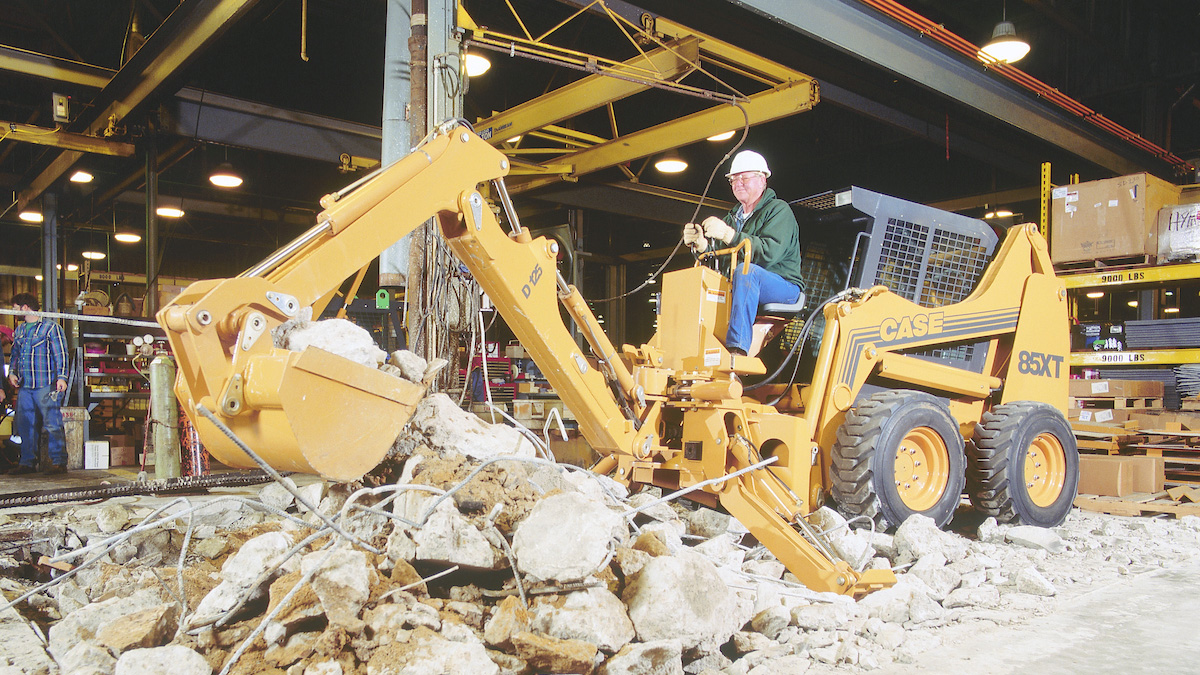
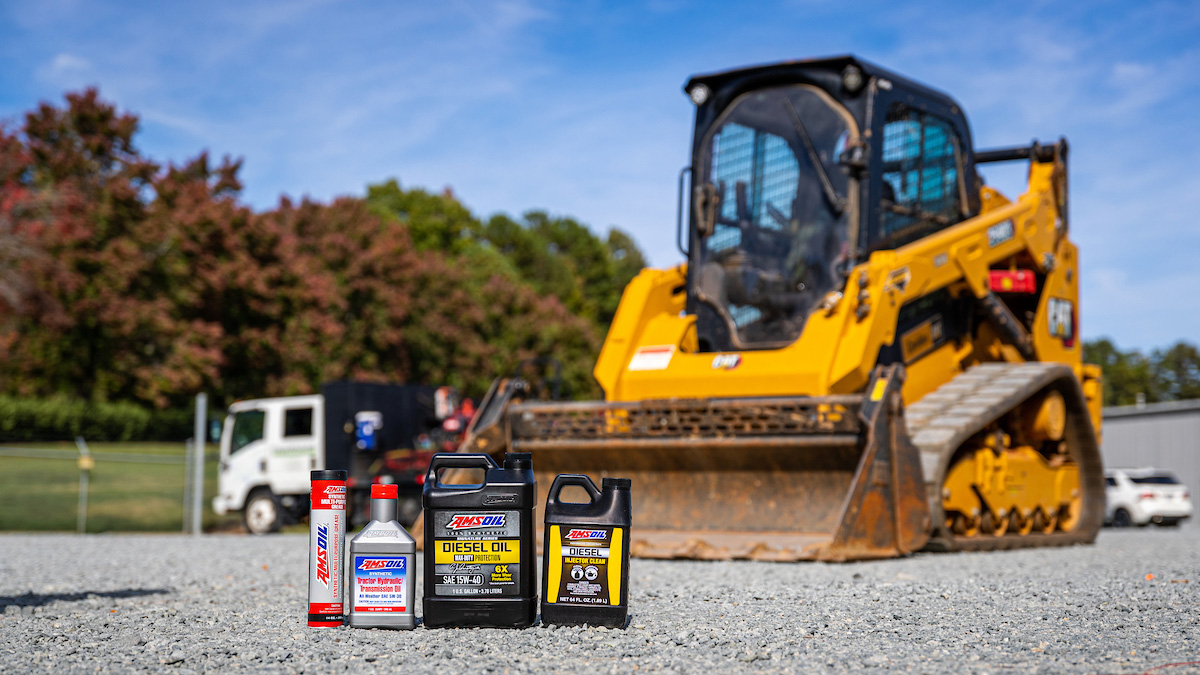

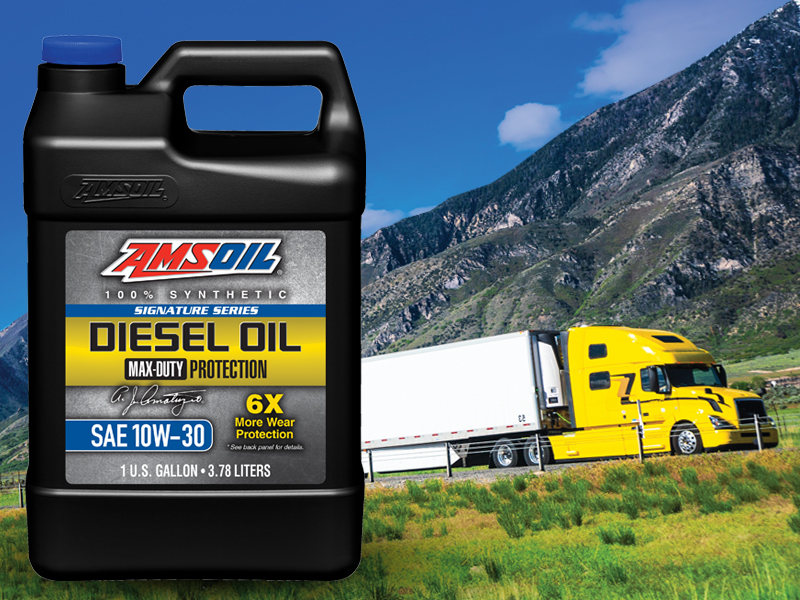


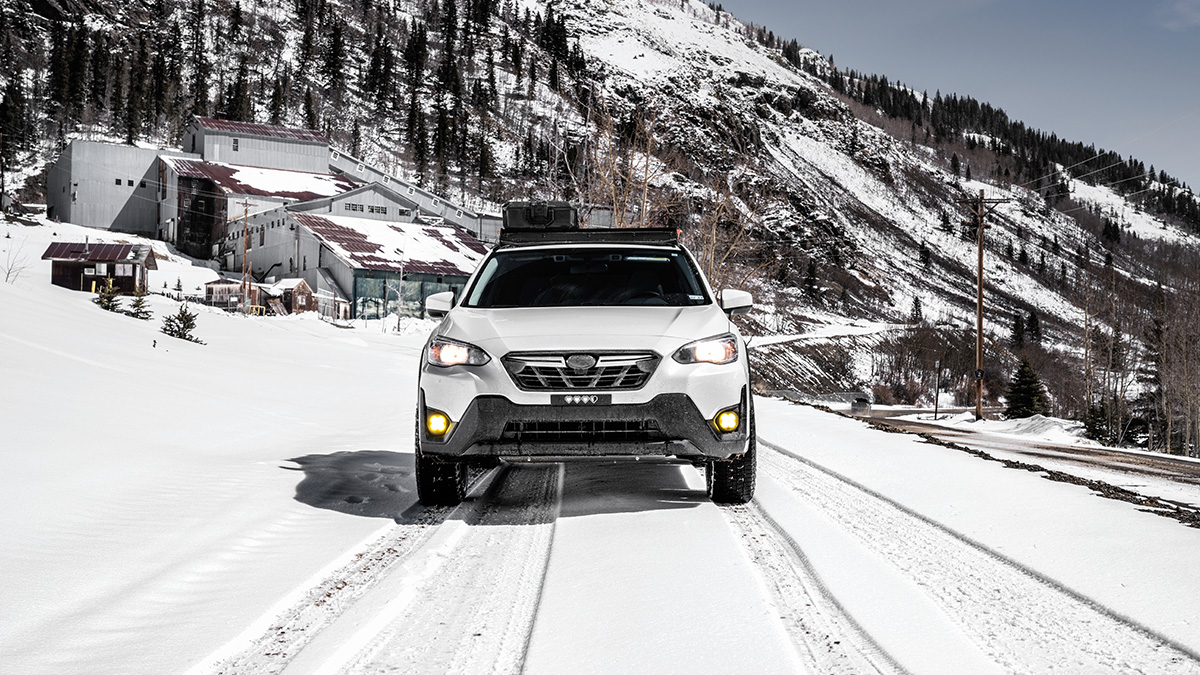
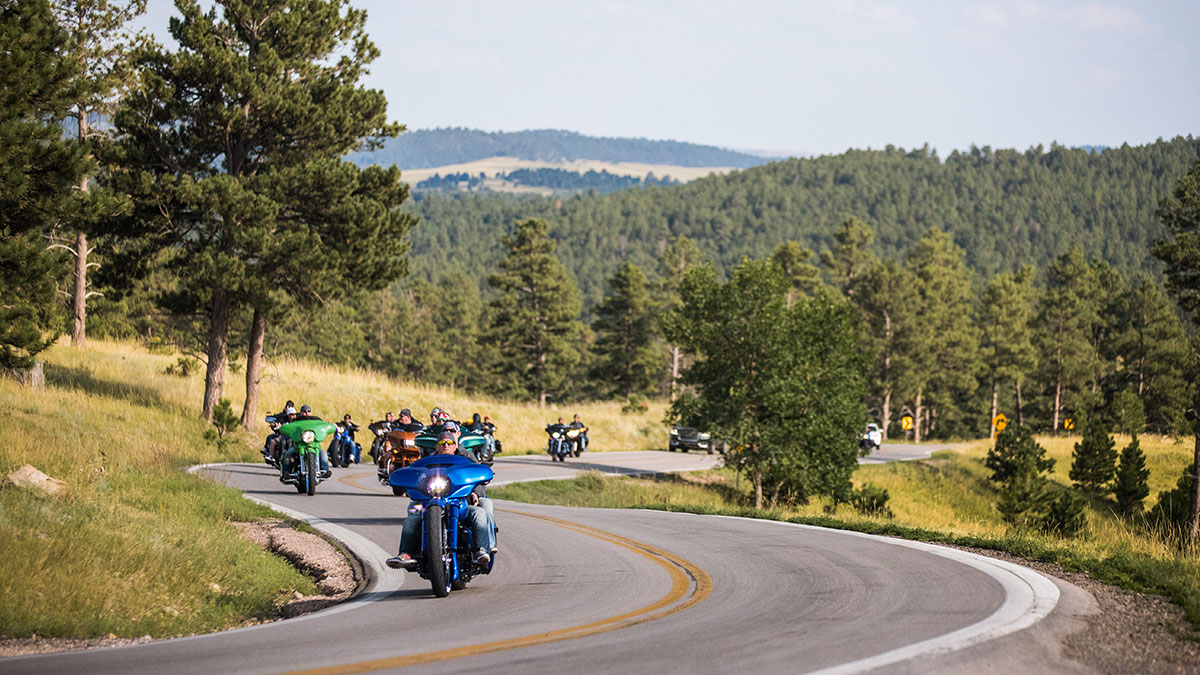
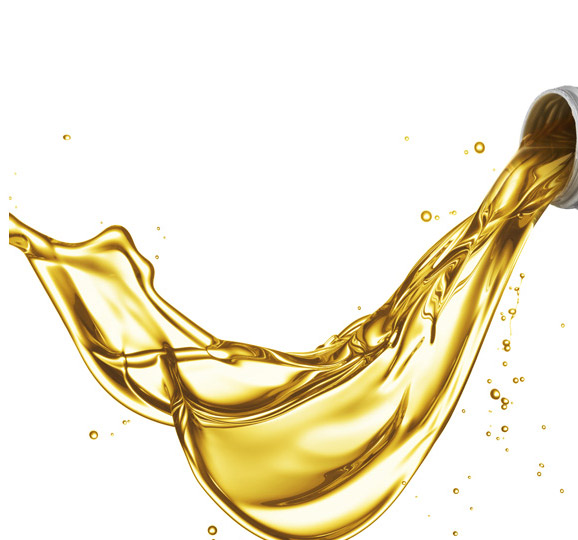
Comments
AMSOIL Technical Writer and 20-year veteran of the motorcycle industry. Enjoys tearing things apart to figure out how they work. If it can’t be repaired, it’s not worth owning.
Share: